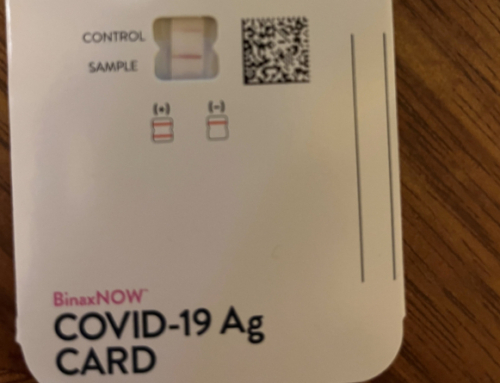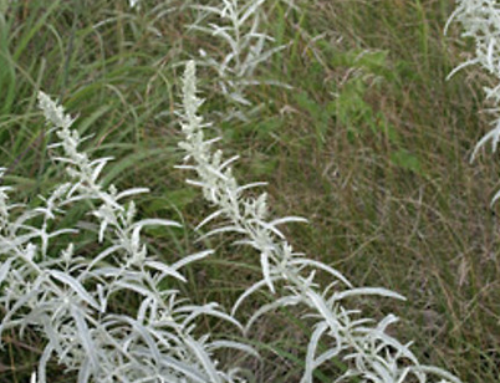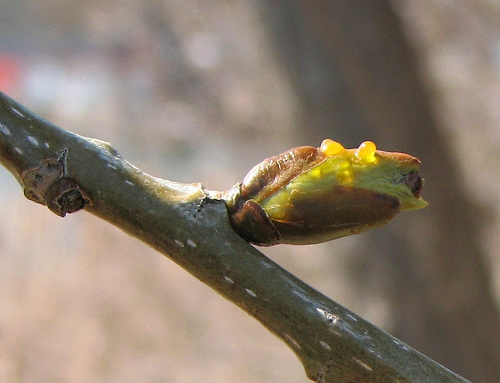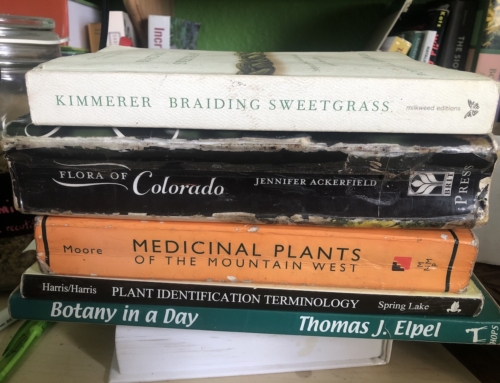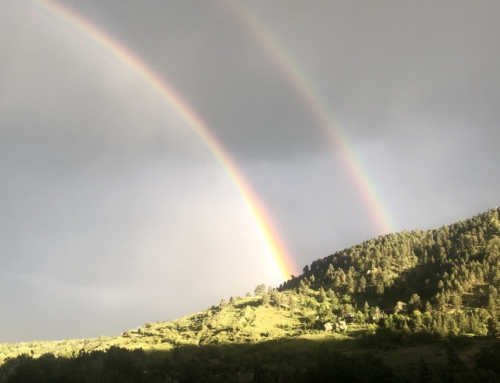For you plant geeks, I just wanted to post some photos from my trip to Oregon last month of a very rare and very photogenic carnivorous plant, Darlingtonia californica. Darlingtonia is also called California Pitcher Plant, Cobra Lilly, or Cobra Plant, and is in the Pitcher Plant Family, Sarraceniaceae. These photos were taken by my sister, Samantha Mintzmyer.
I found this lovely being at the Darlingtonia State Natural Site, a small park devoted to preserving and exhibiting a large patch of Darlingtonia.
The pitcher is made up of highly specialized/modified leaves. It keeps entrapped insects from escaping partially by exhibiting many translucent spots in the leaves which appear as fake escape holes. Like a “where’s waldo?” search, these false exits distract insects from the true tiny exit until the insect inevitably drowns in the water lower in the pitcher. You can see these false exits in the third photo I posted. Unlike most pitcher plants that fill their pitchers with rain water, Darlingonia pumps water up from the roots and/or absorbes water from the trap to regulate the water level. While the plant does produce digestive enzymes, like us humans it also relies on bacteria to break down food (insects) into more easily absorbed nutrients.
While the pitchers of Darlingtonia are beautiful and attract insects, they don’t contain any reproductive organs and are not the plant’s flowers. The flower is unusually shaped, with a yellowish purple color and an unpleasant smell. Surprisingly, the pollinator for this semi-famous flora has not been studied by science- if you know who it is please email me! Some dried remains of these flowers are visible in the second photo of my 3-photo series.
Like many carnivorous species, Darlingtonia is adapted to live in nutrient poor areas because insects provide additional nutrients (especially nitrogen). The plants have also evolved with fire, and can come back from just roots.
That’s all for now!



